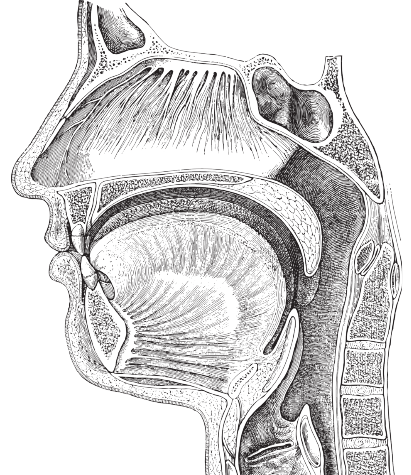
Going Solo: Otolaryngologists Share the Benefits and Challenges of Private Practice
Private practice otolaryngologists say they are under pressure with stagnant reimbursement, increasing administrative burdens, and recruiting challenges.

Private practice otolaryngologists say they are under pressure with stagnant reimbursement, increasing administrative burdens, and recruiting challenges.

Patient education and outreach are compelling enough reasons to embrace social media, but they’re by no means the only ones.

New imaging techniques using nanotechnology, as well as research advances in pharmaceutical treatments, may mean a wide range of solutions for hearing loss are within sight.

The goal of the regulation is to allow patients to understand the cost of a hospital item or service before receiving it.

Physicians now find themselves in the often uncomfortable position of advocating for the preventive health of patients in the context of a politicized public health response—vaccination.

Use of a bent flexible suction catheter to guide a urological wire basket during rigid bronchoscopy is a feasible technique for foreign body removal in the distal pediatric airway.

A thyroglossal duct cyst is one of the most common congenital anomalies of the midline neck.
Single visit surgery for tympanostomy tube placement offers convenience and cost savings to family members, and marketing efforts promoting this option are effective.
Vocal exertion can result in chronic vocal fatigue, putting individuals at risk for voice disorders.
Concurrent modified barium swallow (MBS) study and esophagrams may improve diagnostic accuracy, but they minimize additional studies.
Clinical suspicion of acute invasive fungal rhinosinusitis (AIFR) among COVID-19 patients and early management with antifungal therapy and surgical debridement is essential for better outcomes and higher survival.
High-profile speaker roles at national meetings can provide women starting out with needed role modeling and mentorship and promote their careers.
Here’s what a detailed literature review related to the epidemiology, diagnosis, and management of vocal cord leukoplakia reveal about oncologic outcomes, voice preservation, and current and emerging techniques.

Though some studies show benefit, high-quality data demonstrating the efficacy of betahistine in the treatment of MD is absent.

Ultrasound, scintigraphy, 4D CT, and MRI all demonstrate utility when evaluating a patient with primary hyperparathyroidism.

Regarding staging for cutaneous melanoma, there is no evidence to suggest that imaging for distant metastasis should be performed for Stages I and II patients in the absence of localizing symptoms.

It remains a challenging time to be a physician, but I’m hopeful we’ll see the light sometime soon.